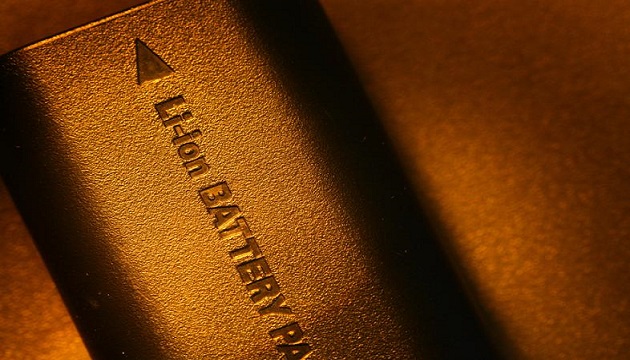A new precise and direct test of the internal temperatures of lithium-ion batteries and their electrode potential shows that the batteries can be safely charged up to five times faster than the current recommended charging limits.
A team from the Warwick Manufacturing Group (WMG) at the University of Warwick has created the new test, which works in-situ during a battery’s normal operation without impeding its performance.
The researchers tested the new technology on standard commercially available batteries, which could enable advancements in battery materials science, flexible battery charging rates, and thermal and electrical engineering of new battery materials and technology.
Manufactures often stipulate a maximum charging rate or intensity for batteries based on what they think are the crucial temperature and potential levels to avoid. However, they were unable to test the internal temperature of a battery without significantly affecting the overall performance.
Manufacturers have had to rely on a limited, external instrumentation, where they were unable to provide precise readings. This led manufacturers to pass very conservative limits on maximum charging speed or intensity to ensure the battery is not damaged or suffering from catastrophic failure.
“This could bring huge benefits to areas such as motor racing which would gain obvious benefits from being able to push the performance limits, but it also creates massive opportunities for consumers and energy storage providers,” Tazdin Amietszajew, PhD, the WMG researcher who led on this research, said in a statement. “Faster charging as always comes at the expense of overall battery life but many consumers would welcome the ability to charge a vehicle battery quickly when short journey times are required and then to switch to standard charge periods at other times.
“Having that flexibility in charging strategies might even/further down the line help consumers benefit from financial incentives from power companies seeking to balance grid supplies using vehicles connected to the grid. This technology is ready to apply now to commercial batteries but we would need to ensure that battery management systems on vehicles, and that the infrastructure being put in for electric vehicles are able to accommodate variable charging rates that would include these new more precisely tuned profiles/limits.”
When a battery is overheated, it risks severe damage, particularly to its electrolyte. This could also result in dangerous situations where the electrolyte breaks down to form gases that are both flammable and cause significant pressure to build up.
Overcharging of the anode can lead to so much Lithium electroplating that it forms metallic dendrites and eventually pierces the separator, causing an internal short circuit with the cathode and subsequent catastrophic failure.
How it works
The new direct in-situ battery sensing employs miniature reference electrodes and Fibre Bragg Gratings (FBG) threaded through a bespoke strain protection layer.
The researchers then applied an outer skin of fluorinated ethylene propylene (FEP) over the fibre, adding chemical protection from the corrosive electrolyte.
The device can then have direct contact with all the key parts of the battery and withstand electrical, chemical and mechanical stress inflicted during the batteries operation while still enabling precise temperature and potential readings.
It also has the potential to help the design of energy storage systems for high-performance applications, including motor racing and grid balancing.








